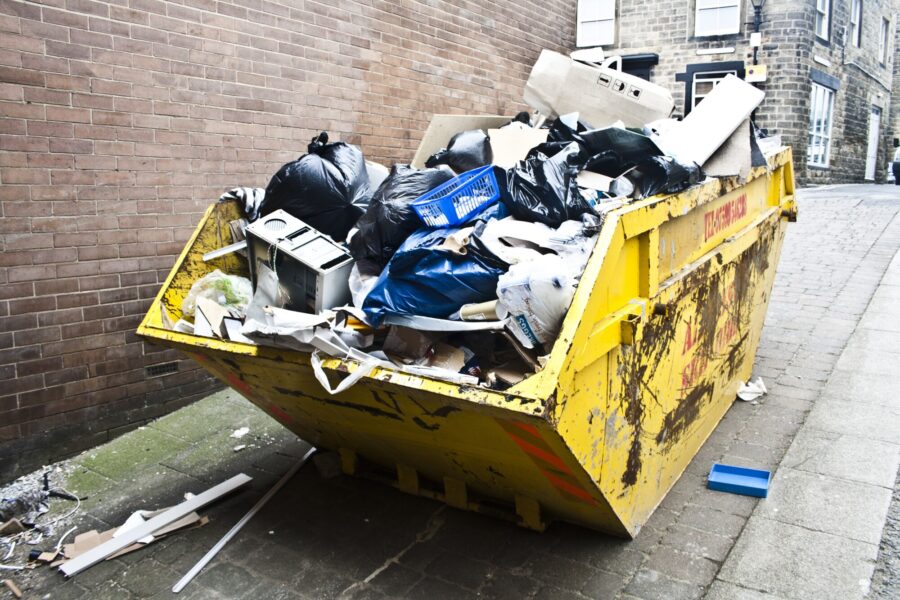Types of Waste and How to Manage Them

Every year, Americans toss out over 268 million tons of trash. To put it in perspective, that’s about 4.5 pounds per person every day. The worst part is that most of this waste is recyclable.
Responsibly managing your waste means fewer landfills and less pollution. Explore some common types of waste and learn how to avoid sending more trash to the dump!
Recycle Materials
Most municipalities have strict guidelines for sorting recycling. Recycle material goes to a plant where it is sustainably processed. This type of waste includes:
- Metal
- Paper
- Plastic
- Glass
These items should be rinsed out and placed in the proper containers. Plastic bags, styrofoam, and wax-coated items aren’t allowed in the recycling bins. Try to find creative ways to reuse or upcycle these items instead!
Large Trash
Large items or bulky waste won’t be able to fit in your regular trash bins. Most large furniture falls into this category, as well as heavy appliances. Bulk waste can also include drywall, old wood, and construction waste from renovation projects.
Leaving large trash sitting on the curb isn’t the best plan. Waste management services won’t take it unless you’ve requested a bulk trash pickup. Most municipalities have a special service that transports large items to the landfill.
But if you don’t want your items to end up in a landfill, consider having a yard sale! The pieces can get a new life elsewhere if they’re in good enough condition. If they’re not in a re-sellable state, donate to a parts recycler so they can use the metal, wood, and other materials.
E-Waste
Electronic waste, or e-waste, encompasses all technology products, small appliances, and machines. A wide range of items falls into the e-waste category, including:
- Computer equipment (monitors, keyboards, cables)
- Appliances (air conditioners, TVs, microwaves)
- Cellphones and tablets
- Electronic children’s toys
The problem with tossing e-waste in your regular trash bins is contamination. When these items end up in landfills, they can leach toxins like mercury into the earth and water. The responsible way to recycle e-waste is through a certified e-waste recycling program.
Organic Waste
Organic waste is anything biodegradable that comes from plants or animals. Most of your kitchen trash will be organic waste, including:
- Leftover food
- Food by-products (eggshells, peels, bones, etc.)
- Yard waste (leaves, clippings, wood)
- Printer paper and newspapers
- Cardboard
The best way to handle organic waste is to build a compost bin in your backyard! Of course, not everyone has the space or ability to compost. Other options include finding a community compost location or using biodegradable trash bags.
What’s the Best Way to Deal With Different Types of Waste?
We all need to get rid of waste, but it can get confusing and overwhelming when you’re faced with so many different kinds. That’s where smart waste solutions save the day!
You might be wondering, “what is smart waste?” It’s a technology-based system that communicates with your local waste management service. Smart bins make it easier for waste management to schedule pickups.
Manage Your Waste Responsibly!
Before you throw anything out, ask yourself if it’s recyclable. Responsible disposal of all types of waste means a cleaner planet for the future! Pick up a Smart Bin or contact your local waste management service for more information.
Ready for more home improvement and lifestyle reads? Check out some of the articles below!